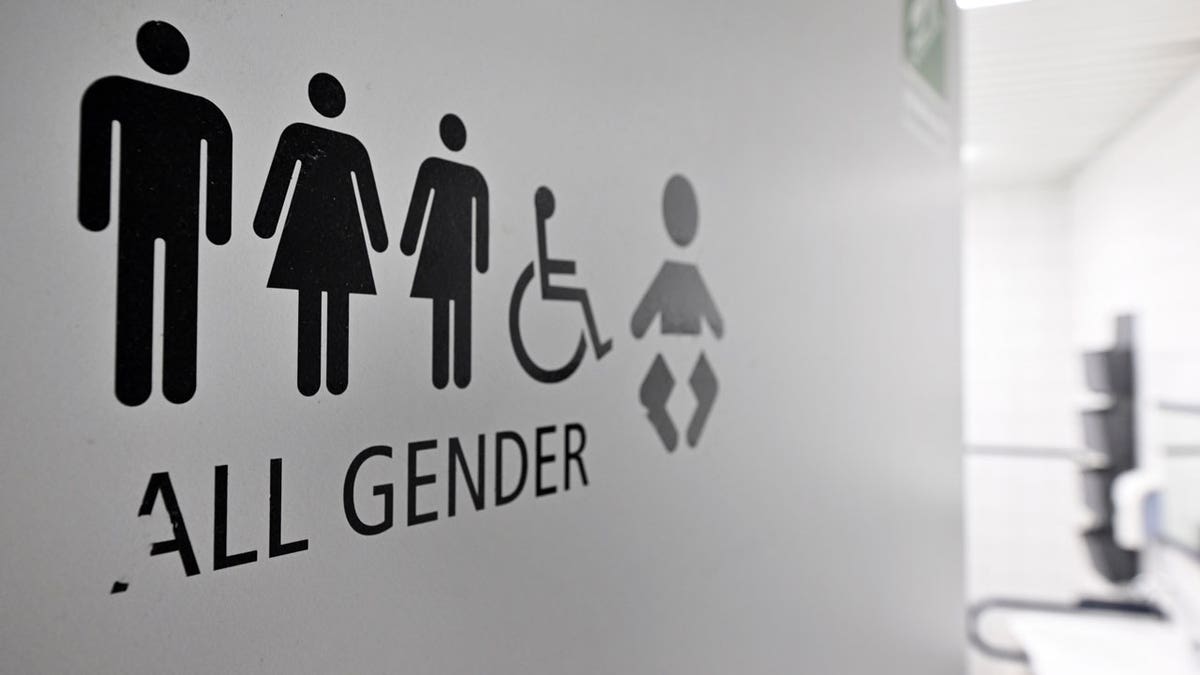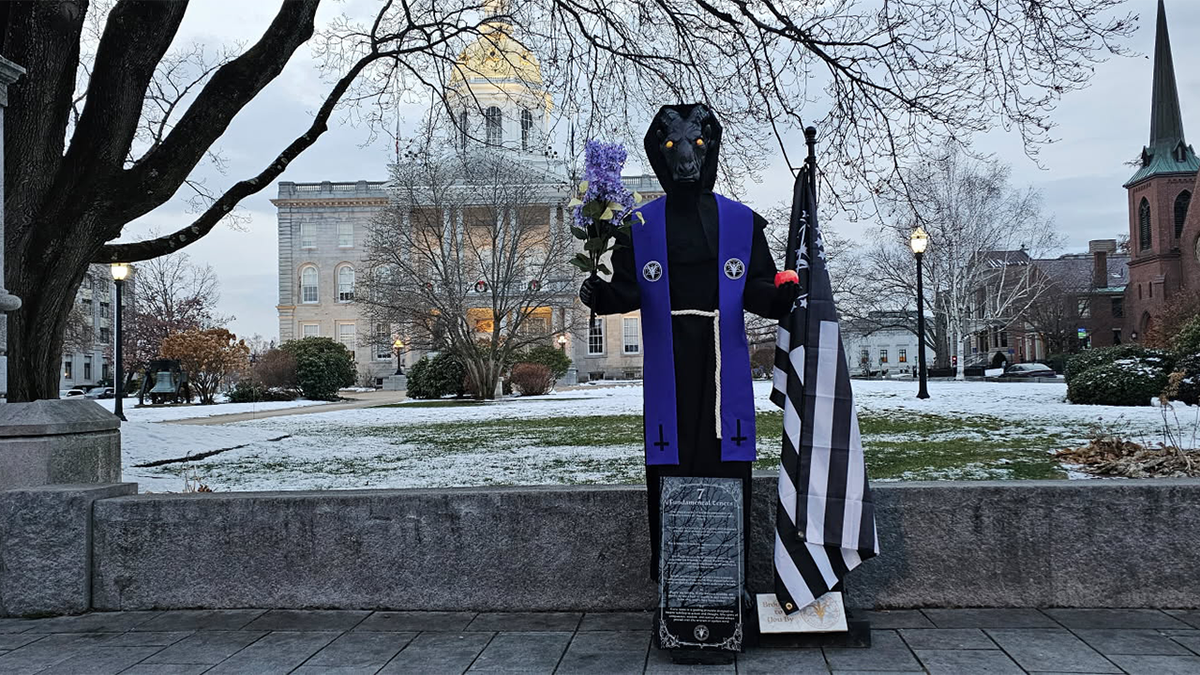Following the 2011 earthquake and tsunami that crippled the Fukushima Daiichi nuclear power plant, Japan has initiated tests of its newly built system for releasing treated radioactive wastewater into the Pacific Ocean. This move has sparked considerable opposition from local fishing communities and neighboring countries, despite assurances from plant operator Tokyo Electric Power Company Holdings (TEPCO) and the Japanese government that the discharged water will meet safety standards.
The ongoing tests at the Fukushima Daiichi plant are currently utilizing fresh water instead of the treated wastewater, allowing TEPCO to assess the functionality of pumps and emergency shutdown systems. The new seaside facility is designed to dilute the treated water with substantial amounts of seawater before releasing it through an undersea tunnel located approximately 0.6 miles offshore. The two-week testing phase will be followed by mandatory inspections by the Nuclear Regulation Authority, potentially commencing in early July.

The Japanese government's rationale for the release is the necessity to prevent accidental leaks from the thousand storage tanks currently holding the treated water, especially in the event of another earthquake. Additionally, the space occupied by these tanks is needed for the plant's decommissioning process. However, these arguments have not assuaged the concerns of local fishermen who fear reputational damage and potential harm to marine life.
Protests against the plan have extended beyond Japan's borders, with South Korea, China, and Pacific Island nations expressing reservations about the long-term safety implications. A recent rally in Seoul highlighted the international concern surrounding the discharge. While Japan has established a fund to support the Fukushima fishing industry and compensate for potential losses, the gap between the government's position and the concerns of fishing communities remains significant.
Japanese officials maintain that the decades-long, gradual release of diluted wastewater will pose no threat to human health or marine ecosystems. The International Atomic Energy Agency has been consulted to ensure compliance with international safety standards. However, some scientists argue that the long-term effects of low-dose radionuclide exposure remain uncertain, advocating for a postponement of the release. The Fukushima Daiichi nuclear disaster, triggered by the 2011 earthquake and tsunami, resulted in the meltdown of three reactors and substantial radiation release. The storage tanks holding the cooling water are projected to reach full capacity in early 2024, adding urgency to the situation.








